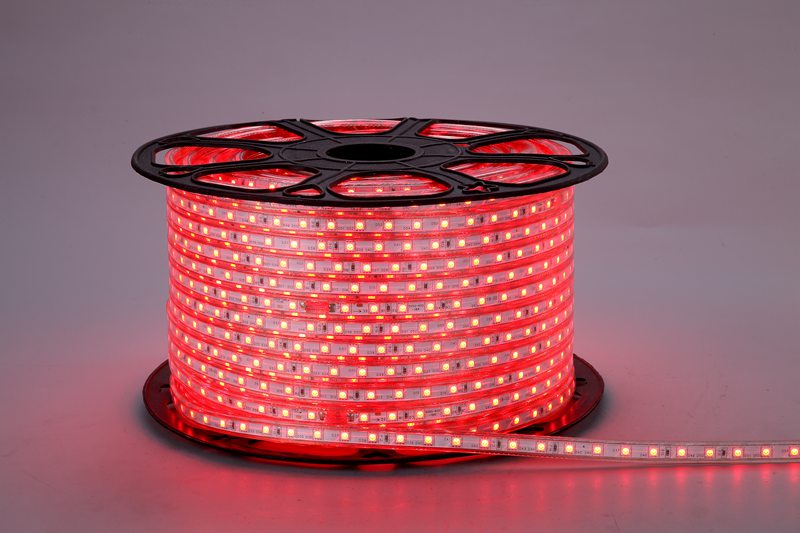
led strip lights have become increasingly popular in recent years, thanks to their versatility and energy efficiency. Among the various styles available, the Rainbow Lights stand out for their vibrant colors and patterns, making them a popular choice for decoration and mood lighting. But how do these Rainbow Lights work? In this article, we'll delve into the circuitry of led strip lights and explore the technology behind the enchanting colors and patterns.

First of all, let's understand how LED strip lights work. LED stands for "light-emitting diode," which is a semiconductor device that produces light when a current flows through it. An LED strip light contains many individual LEDs that are connected in series. To power the LEDs, a power source (usually a power adapter) is required, which supplies DC voltage to the strip. The voltage is then converted to the appropriate voltage and current that the LEDs require.
Now, let's talk about Rainbow Lights in particular. A Rainbow Light strip contains RGB LEDs, which stands for red, green, blue. These are the primary colors that can be combined to create a broad range of colors. Each RGB LED on the strip has three individual LED chips inside, one for each color (red, green, and blue). The chip is responsible for generating the corresponding color when it receives its specific voltage.
To create the enchanting colors and patterns of Rainbow Lights, the voltage and current to each RGB LED variable. A controller is used to adjust the voltage and current to each LED chip's color, allowing different colors to blend and mix to create a seemingly endless array of hues. The controller can also be used to adjust the brightness and speed of the color changes.
There are various types of controllers available for Rainbow Lights. Some are simple controllers that allow you to choose a color or pattern with a remote control or smartphone app. Others are advanced controllers with features like music synchronization, where the Rainbow Lights adjust to the beats of the music. There are even DIY controllers that allow you to program your custom patterns and effects.
In conclusion, Rainbow Lights may seem like magic, but they are, in fact, a product of sophisticated LED technology. Understanding how LED strip lights work and how Rainbow Lights create their dazzling array of colors and patterns can help you make informed decisions when purchasing and installing them in your home or business.